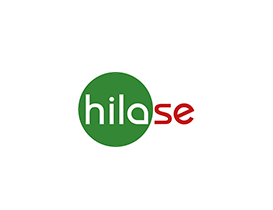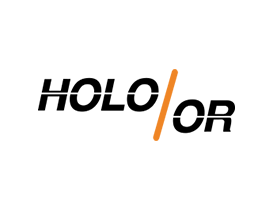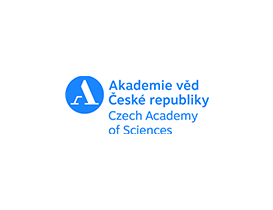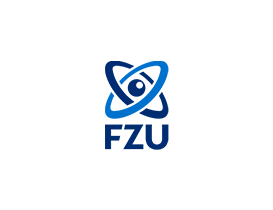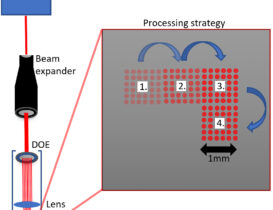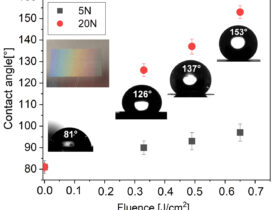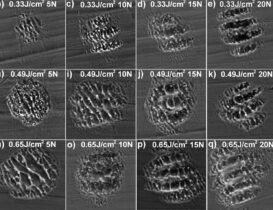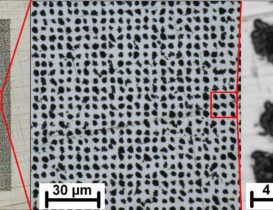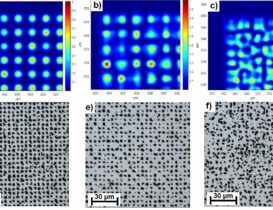The new record in multibeam laser nanostructuring, with respect to the number of laser beams simultaneously modifying the material surface, was reached due to the active scientific cooperation of the HiLASE Centre of the Institute of Physics of the Czech Academy of Sciences with the Israeli company HOLO/OR Ltd.
Superhydrophobic surfaces and their potential industrial applications, including anti-icing, anti-corrosion, self-cleaning, or air resistance surfaces, are the hot topics in the field of nanomaterials.
Although laser surface structuring, creating defined nanostructures, is a well-known method, it is not widely used in industry. Besides high investment cost in the required laser-based machine, the speed of the process is the main bottleneck. An answer to this demand seems to be multi-beam machining, which can offer an effective solution for the wider industrial use of lasers in this area, thus increasing the process productivity up to a thousand times.
Scientists from both HiLASE Centre and HOLO/OR have discovered a method to efficiently nanostructure a large area using just a few laser pulses. “The principle is a unique combination of a high-energy, ultrashort pulsed laser system with an optical assembly, which focuses and splits the input beam into an ordered square matrix of 201×201 sub-beams.,” explains Peter Hauschwitz, team leader of HiLASE Laser Micromachining Team. He further elaborates, “a squared area of 1mm2 can thus be simultaneously structured with 40,401 sub-beams with a diameter of only 4.9 µm and productivity of more than 8 million microspots per second. In addition, a periodic nanostructure with a specific function is created within each of these microspots, e.g. to change the wettability of the surface.”
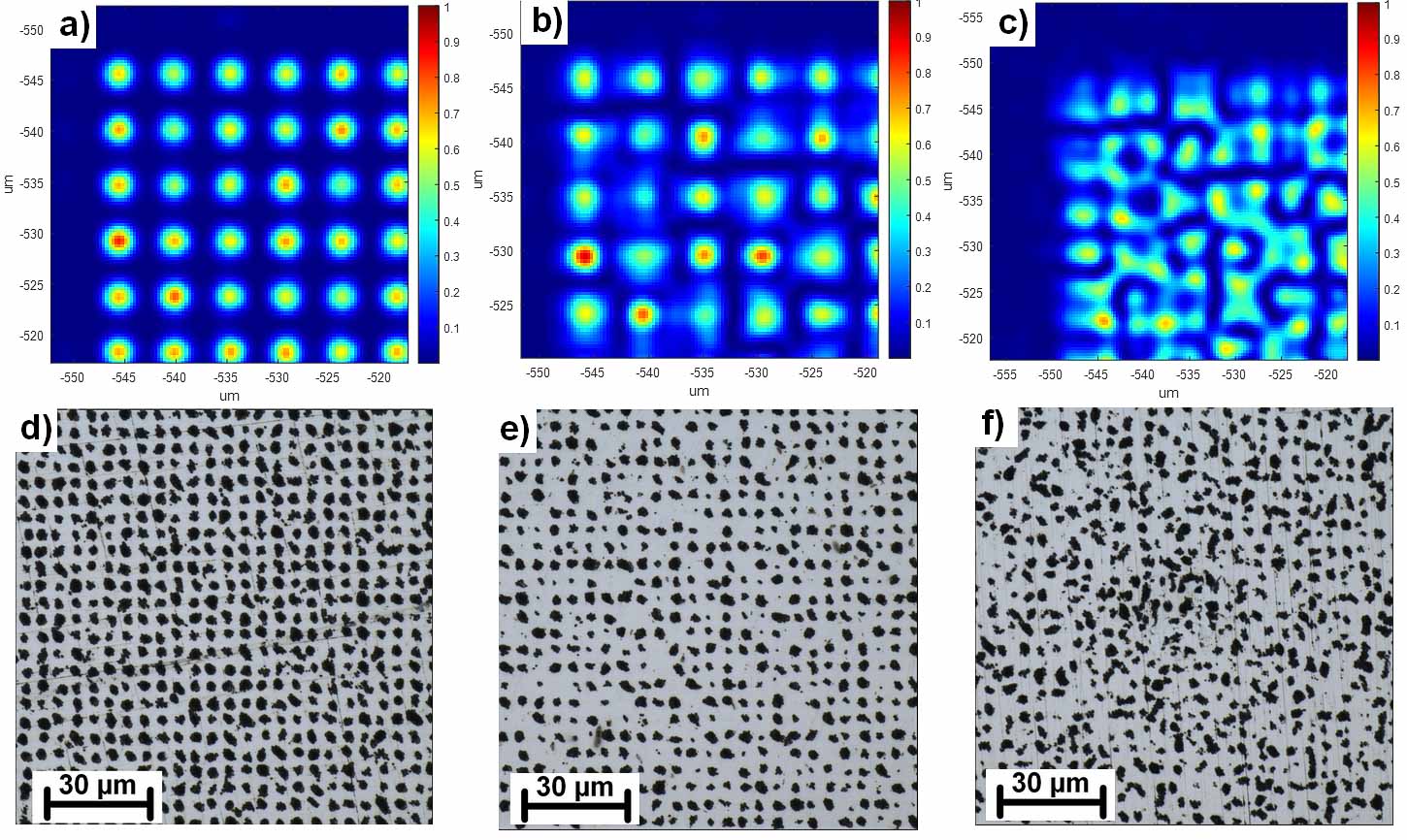
Changes in a pattern homogeneity from the ideal shape (a) to the defocused pattern for 10 µm (b) and 20 µm (c) and compares the calculation with experiment (d-f)
The experimental setup included special prototype optics designed by HOLO/OR, i.e. Diffractive Laser Induced Texturing (DLITe) beam splitter, focusing optical elements, and the unique HiLASE PERLA laser system, which has excellent beam quality and high pulse energy (up to 20 mJ at 1030 nm ) with a length of 1.7 ps. “DLITe is a brand new category of diffractive beam splitters focused on diffractive laser induction texturing and was developed by our company to texture large areas” says Natan Kaplan, CTO at HOLO/OR, adding “and we are proud that our equipment and scientists have helped to achieve such a significant record”.
This achievement enables, for the first time, the industrial adaption of laser nanostructuring as an innovative method for rapid and economical production of superhydrophobic surfaces on a larger scale.
A detailed description of the experiment including the results can be found at paper „Towards Rapid Fabrication of Superhydrophobic Surfaces by Multi-Beam Nanostructuring with 40,401 Beams“ below.



